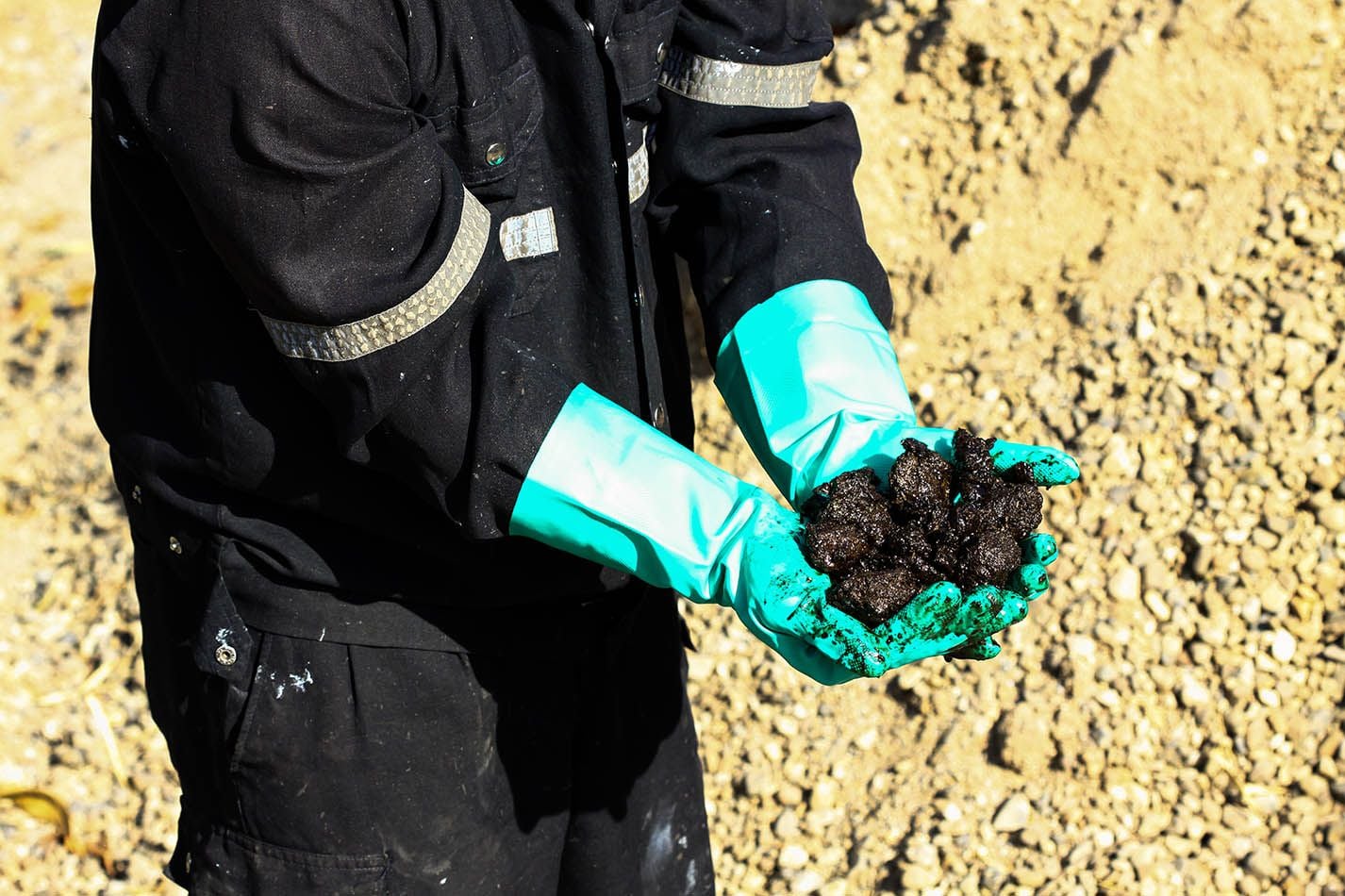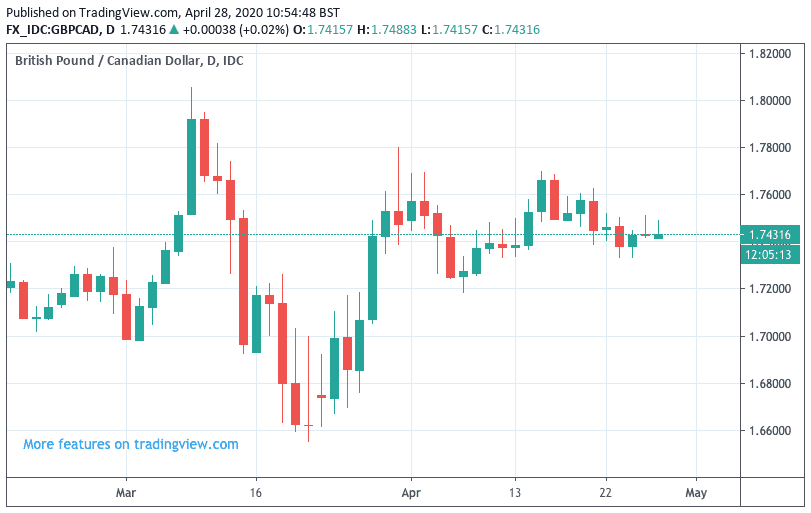Canadian Dollar Outlook: Delayed Impact of Oil Price Crunch Expected to Hit CAD
- CAD gains against most currencies over past month
- This despite pain in oil markets
- ING says impact on CAD is delayed

Image © Adobe Stock
- GBP/CAD spot at time of writing: 1.7445
- Bank transfer rates (indicative guide): 1.6834-1.6957
- FX specialist rates (indicative guide): 1.7043-1.7288 >> more information
The Canadian Dollar retains a firm tone in foreign exchange markets, rising against most major currencies over the course of the past month despite the ongoing crunch in oil markets.
The textbook suggests that owing to Canada's large exposure to oil exports, the recent slump in prices should have a negative impact on the value of the Canadian Dollar.
Yet, at the end of a month that has seen Canadian crude benchmarks fall to near $0/barrel, the currency retains a relatively buoyant tone:
The Pound-to-Canadian Dollar exchange rate is quoted at 1.7444, placing it right in the middle of a range that has been in place since March.
The U.S. Dollar-to-Canadian Dollar exchange rate is meanwhile quoted at 1.3960, again, putting it in a relatively unremarkable position relative to where it was at the start of the coronacrisis.
The Euro-to-Canadian Dollar exchange rate is at 1.5186, reflecting the Canadian Dollar's steady recovery since the March 19 high at 1.5914.
As mentioned, the recovery in the Canadian Dollar comes despite oil prices plummeting and begs the question of whether or not oil actually matters any longer.
According to Chris Turner, Global Head of Markets and Regional Head of Research for UK & CEE at ING Bank N.V., oil does still matter, and the Canadian Dollar will ultimately start to feel its pull.
"The Canadian dollar has navigated the recent turmoil in the oil market without facing any major sell-off. We suspect this won’t be the case for much longer: 1.45 may still be on the cards," says Turner in a recent briefing to clients.
"The storage constraints and extended lockdowns may still keep oil weak across the futures curve. WCS (the Canadian crude) has been trading around zero (also below zero) for the past weeks: the implications for the Canadian economy are set to be significant and can definitely hinder the ability to recover in 2H," adds Turner.
Above: GBP/CAD is entering a tight consolidation period
While the Canadian Dollar appears to have found some respite over the course of April, despite falling oil prices, it might be wrong to simply dismiss out of hand oil as a waning influence.
We must be aware that oil prices have been falling throughout 2020, from the $50-$60 barrel region that the commodity occupied in 2019. Therefore, it could be that some of the oil price's decline has already been reflected by the Canadian Dollar.
Indeed, if we look at 2020 as a whole, USD/CAD is up 7%, GBP/CAD up 1.2% and EUR/CAD up 4%.
The question therefore becomes has the latest fall in crude benchmarks already been reflected in prices, or will more damage be done? Turner reckons the latter.
"So, watch out for a delayed impact on CAD, which may depreciate faster if risk appetite takes another hit or trail other procyclical currencies if good Covid-related news helps
sentiment," says Turner.





